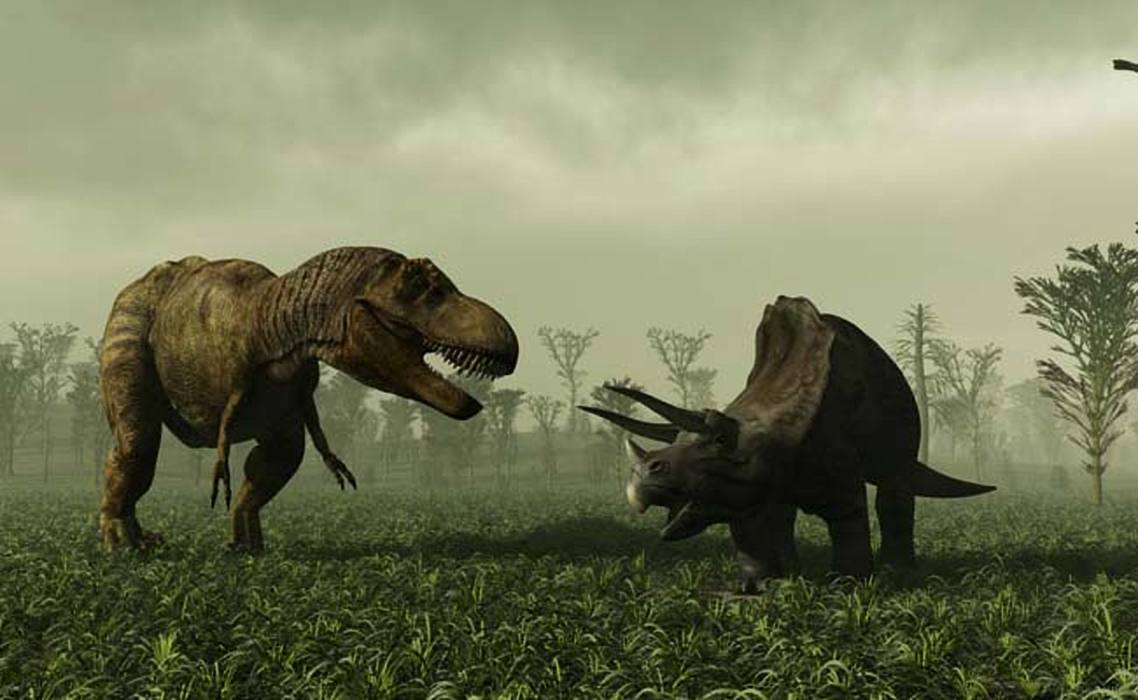According to the most popular theories, the first macroscopic animals showed up on Earth some 575 million years ago but after some twenty-three million years their population saw a considerable decline which led to what is now called the Earth’s first mass extinction. Scientists say that this mass extinction happened during the “Ediacaran-Cambrian transition”. What caused to this massive extinction is a question that has perplexed scientists for a long time. Many have suspected that declining levels of oxygen in the oceans was the reason behind the vanishing of these animals, but the actual cause is still largely unknown. Scientists from Arizona State University are trying to uncover the secret behind the mysterious extinction- trying to find any information that it could give us on human origin and evolution.
The study was published recently in the journal Science Advances and was led by graduate student Feifei Zhang from the Arizona State University’s School of Earth and Space Exploration under the supervision of Ariel Anbar, a faculty member at ASU and staff scientist Stephen Romaniello. Today oceans contain a considerable amount of oxygen, but the early oceans did not have this much-dissolved oxygen- called marine anoxia and this might have led to the mass extinction. The team at ASU focused on the effect of the extinction- choosing to not only focusing on how severe was the anoxia when the extinction began but also on how the marine anoxia might have triggered the extinction.
Scientists used a new approach and combined geochemical data and the Earth’s fossil records to figure out the precise timeline of evolutionary and environmental events. The research team collected rock samples of marine limestones from the Three Gorges Area (Hubei Province) in China. The Three Gorges Area is said to have a lot of material that could give an insight into the Ediacaran Period. These rocks were deposited in a marine environment some 552 million years ago and show the effects of the environmental changes. The results indicated that the decline and the eventual extinction of the early animals coincided with marine anoxia. This is a cause for major concern because recent studies showed that oxygen levels in the ocean are steadily declining. What scares scientists about that is the fact that our future could mimic our past. “The past is our best laboratory to understand the future”, explains Anbar, “It’s sobering to see how often the mass extinctions of the past were preceded by increases in ocean anoxia. There is a lot we don’t understand about climate change, but the things we do know are a big cause for concern.”

